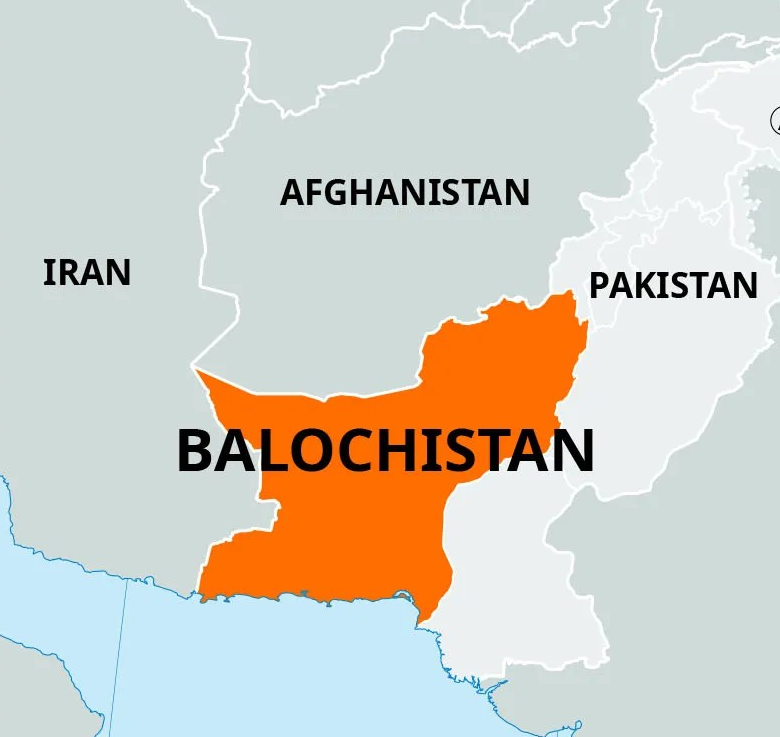Antimony Discovery in Balochistan, Pakistan

- 07 Apr 2025
In News:
In a recent geopolitical development, Pakistan has reportedly discovered a significant deposit of Antimony in the Balochistan region — an area marred by conflict and instability. This finding holds both economic and strategic significance, given the growing global demand for rare and critical minerals.
About Antimony
- Chemical Element: Antimony (Symbol: Sb, Atomic Number: 51) is a metalloid, meaning it exhibits properties of both metals and non-metals.
- Physical Properties:
- Solid at room temperature.
- Poor conductor of heat and electricity.
- Found in commercial forms such as ingots, broken pieces, granules, and cast cakes.
Geological Occurrence
- Primary Ore: The chief ore of Antimony is Stibnite (Sb?S?).
- Mode of Occurrence: Found in volcanic-associated deposits and deep-seated veins, formed under moderate to high temperature and pressure.
- Also commonly obtained as a byproduct from lead-zinc-silver mining operations.
Global Production Landscape
- China is the dominant global producer, accounting for over 88% of world production.
- Other notable producers include Russia, Bolivia, and Tajikistan.
- India currently does not have significant reserves or production of Antimony, making it dependent on imports for industrial use.
Key Industrial and Strategic Uses
- Electronics Industry:Used in manufacturing semiconductors, infrared detectors, and diodes.
- Alloys:
- Alloyed with lead and other metals to increase hardness and strength.
- Lead-antimony alloys are extensively used in lead-acid batteries.
- Defense and Printing:Utilized in the production of bullets, type metal for printing, and cable sheathing.
- Flame-Retardants and Ceramics:Antimony compounds are key ingredients in flame-retardant materials, as well as in paints, enamels, glass, and pottery.
